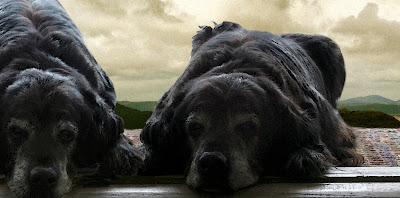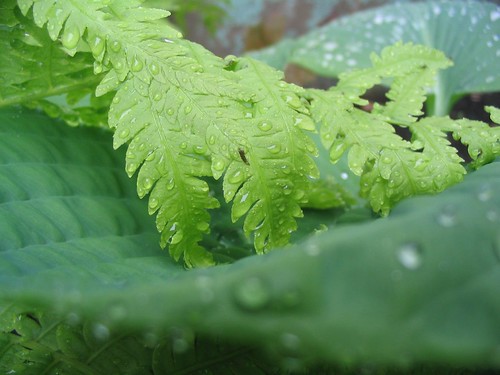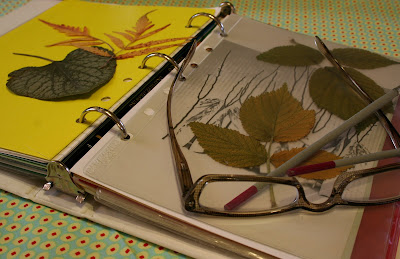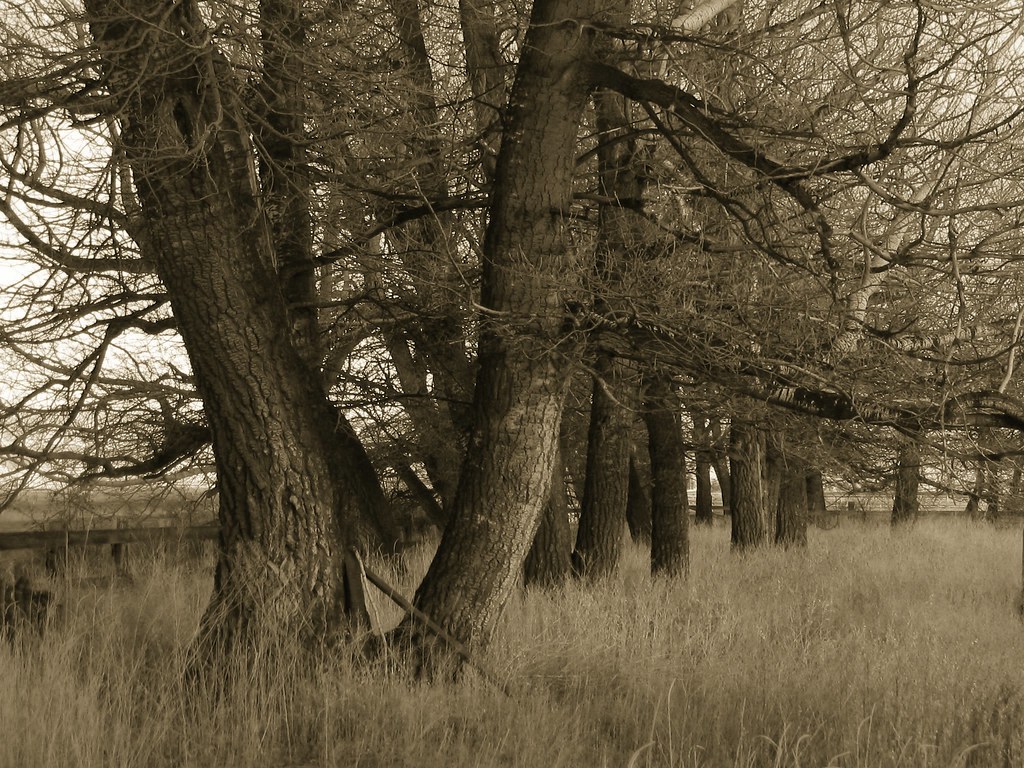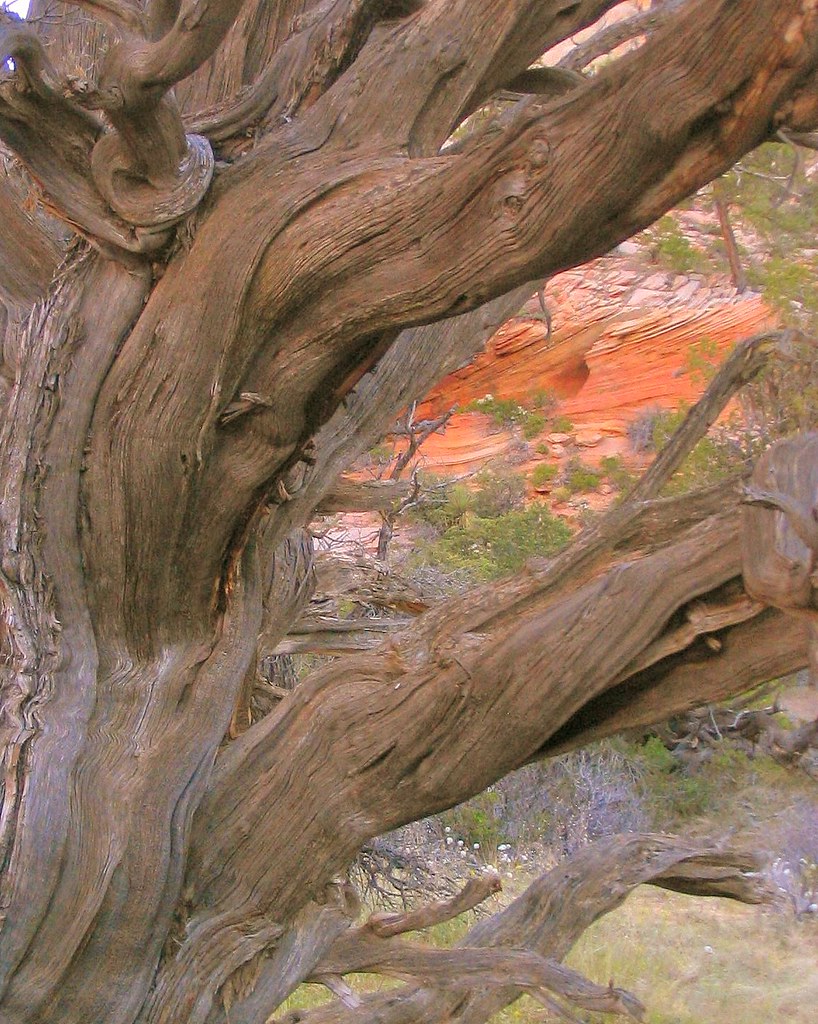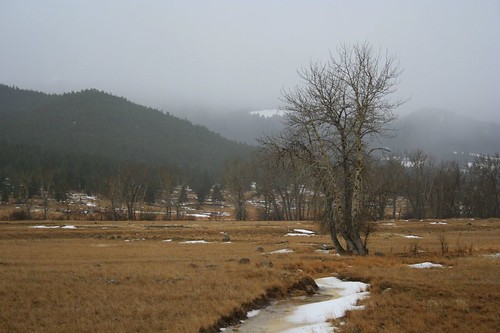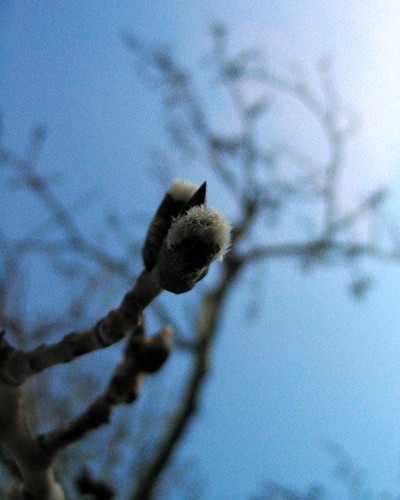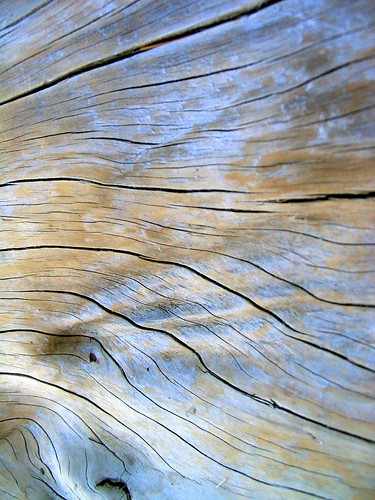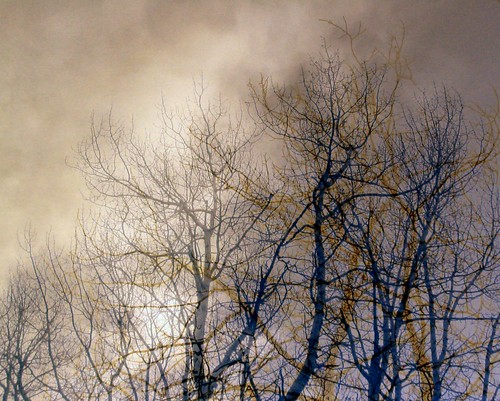Monday, April 30
Tuesday, April 24
May Calendar: Garden Time
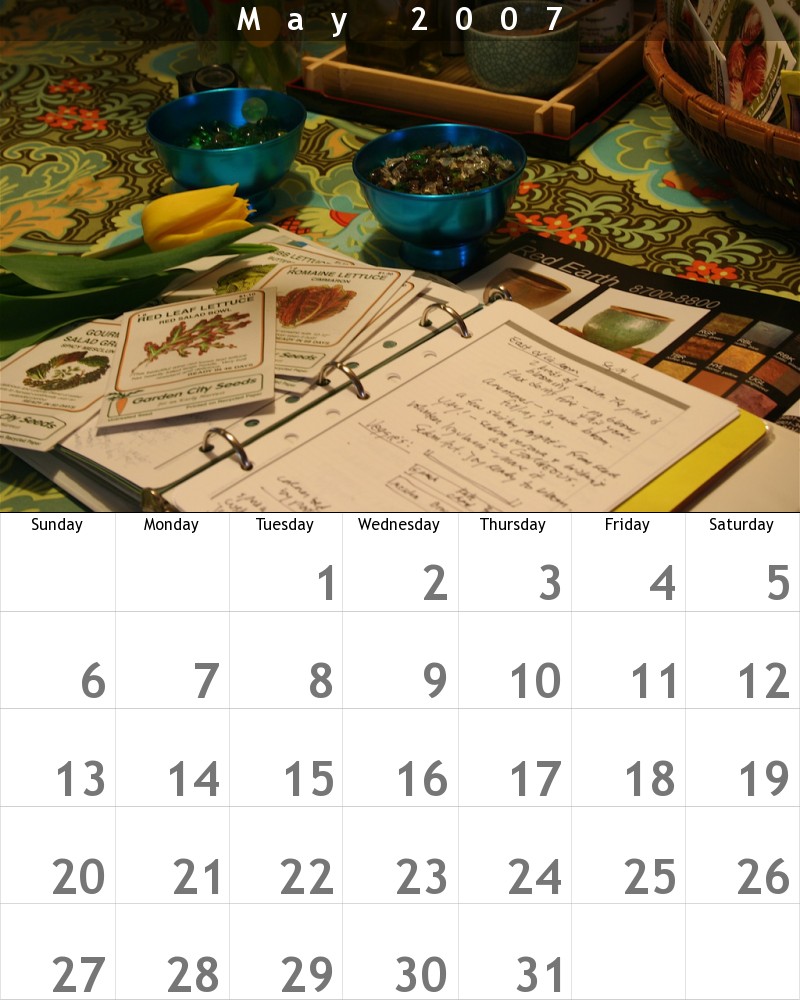
Dear Readers:
I am late posting my April calendar and a wee bit early with the May calendar. Oops!
Starting this month, I am publishing a slightly different calendar each month than I did last year: I will be posting a monthly calendar based on gardening: garden tips, garden journaling, garden photos, timely tips for what to do in your garden each month. I hope you enjoy these. I'd love to know what you think.
Please feel free to print these calendars for your own use -- I publish these downloadable calendars monthly as a gift of appreciation to my readers, for sharing your lives with me through your writings and photos and comments on my blogs.
Click here see my photoblog, Land of Little Rain.
To download, click anywhere on the calendar and you should get a new window with the image. Click on the photo again in that new window to go to the large version of the calendar. Right-click to download the calendar. It should print out 8.5" x 11" -- if you have a printer that requires a margin, please print this slightly reduced to fit on a standard letter-size paper.
Printing Tip: set your printer to the highest quality print setting and use a heavier weight paper, preferably matte-coated, to get the best quality prints.I hope you enjoy the monthly calendars, and please let me know if you have any problems downloading I can send them to you by email attachment.
Here are the 2007 Calendars so far. Check back monthly for the latest calendars. To see a large version of just the original photo I used for May's calendar, click here or see the photo on my flickr page
Monday, April 23
Tools for Spring Cleanup
Welp, to carry on with my series of Spring Garden Cleanup articles, here's a list of basic spring garden tasks and some tools and other stuff you might need to get the tasks done.
- General cleanup
- Dead-heading
- Dead-"leafing"
- Cutting back
- Dividing
- Staking & training
- Sweeping, raking
- Weeding
- Mulching
- Watering evergreens
Smith & Hawken, though expensive, has high quality spiffy garden tools (and lots of other cool gardening stuff) if your budget can handle it.
Another great source of excellent garden tools is Hida Tool, a Japanese tool distributor in Berkeley. A local Helena nursery, GardenWorks, carries at least one Hida tool -- the Nejiri Scraper. I love the Nejiri Scraper -- it's the most versatile garden tool I have and a true partner in my war on weeds. (See A below)
 Tools you'll need:
Tools you'll need:Weed Scraper (Nejiri) A
Lopers B for "pick pruning" shrubs and tree branches
Weed Hoe
Dandelion Puller
Felco Hand Bypass Pruners D
Straight Spade or Border Spade
Garden Rake
Leaf or Lawn Rake
Garden Fork
Compost Fork or Pitch Fork
Gloves
Kneepads or foam kneeling pad
Shears (for grasses and groundcovers)
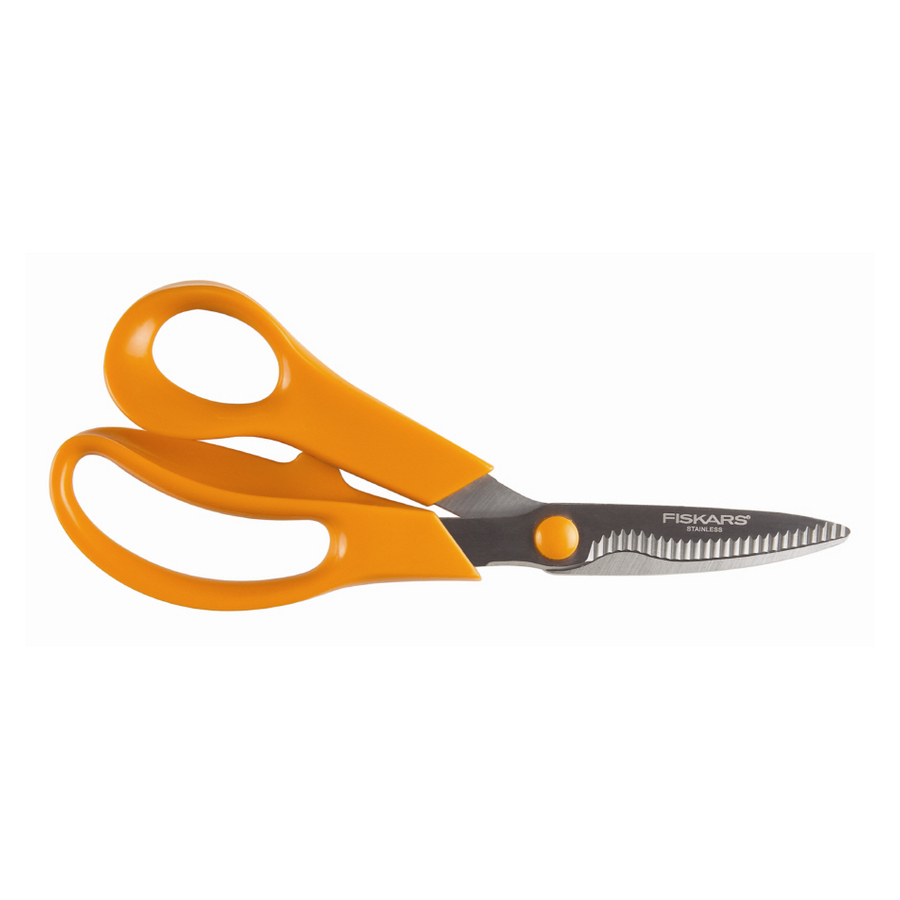
Garden Cart or portable trimmings container

 Stuff for sharpening & cleaning your tools (or take them to a sharpening service a week before you plan to do your garden cleanup)
Stuff for sharpening & cleaning your tools (or take them to a sharpening service a week before you plan to do your garden cleanup)Stuff for cleaning your pots (pot brush - C - above)
Digital camera to record the condition and location of your plants and garden corners
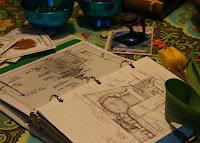 Your Garden Journal (a separate blog post about record-keeping and garden notebooks)
Your Garden Journal (a separate blog post about record-keeping and garden notebooks)
Sam is beside himself while waiting to lick the bowl
Today is the day Maureen makes my Healthwise Homemade Raw Food Cakes and I know the routine. It's just excruciating to wait!
When I smell the chicken broth and rice cooking -- yummmm, slurp, drool) and Maureen gets out the cuisinart and a big pile of veggies and the big, big bowl ... then I know pretty soon I get to lick the bowl. And the peanut butter jar. And the poached egg pan.
Sunday, April 22
Earth Day 2007: Festival of Strategic Consumption? A Feel-Good Celebration? Or a call to Personal Transformation?
I recently posted about a blog I like -- World Changing -- and their newly published book by the same name. On Friday, World Changing authors Alex Steffen and Sarah Rich wrote an article unlike many other articles focused on Earth Day -- they used strong words to contrast their worries about Earth Day becoming a meaningless exercise in congratulating ourselves on all the progress we've made to protect the earth ... with the usual love-dovey-everything's-rosey language of most other Earth Day missives. They do make a well reasoned point, though in some ways it's just way too depressing for me today.
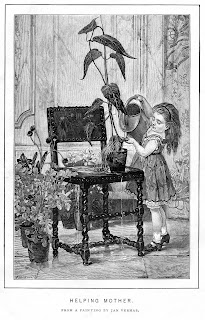
 Alex and Sarah's article makes a well reasoned point that Earth Day 2007 should be the last Earth Day. But I can't help wish and hope they are wrong. Not wrong about what is going on now with the mega-corporations making mega-profits from 'green' products and technology ... but wrong about what the future holds for society and for individuals. I want Earth Day to continue.
Alex and Sarah's article makes a well reasoned point that Earth Day 2007 should be the last Earth Day. But I can't help wish and hope they are wrong. Not wrong about what is going on now with the mega-corporations making mega-profits from 'green' products and technology ... but wrong about what the future holds for society and for individuals. I want Earth Day to continue.I want there to be a day every year in April, when people all over this planet join their consciousness with every part of Creation to strive to heal and be part of the healing, to strive to connect with animals, plants, wind, water, bacteria, molds and fungi ... mountains, deserts and oceans.
I want Earth Day Every Day to be something we have in our consciousness every morning upon waking, and every hour we spend pushing our grocery carts down aisles loaded with overpackaged products ... and every time we allow mass media to wash over us with its messages of consumption and complacency and every minute we breathe the air our planet so graciously provides us. . . and every evening we are lucky enough to sleep on a comfortable bed in a comfortable warm, dry shelter.
 I get frustrated and sometimes feel hopeless about ever being able to make strong enough personal changes (aka sacrifices) to really make a difference. I know Tim and I have to reduce our ecological footprint even more than we already do. To get it down to the minimum we can live healthy, fulfilled lives with. Recycling everything we can is not enough. Buying in bulk, riding our bikes, using only energy-efficient lightbulbs and keeping the thermostat no higher than 65F is not going to be enough.
I get frustrated and sometimes feel hopeless about ever being able to make strong enough personal changes (aka sacrifices) to really make a difference. I know Tim and I have to reduce our ecological footprint even more than we already do. To get it down to the minimum we can live healthy, fulfilled lives with. Recycling everything we can is not enough. Buying in bulk, riding our bikes, using only energy-efficient lightbulbs and keeping the thermostat no higher than 65F is not going to be enough.As Alex and Sarah point out, one-planet lives, conceived properly, can be much better lives.
Gaylord Nelson, visionary and founder of the first Earth Day wrote,Many products that are more sustainable are also better made and beautifully durable. Green homes -- with natural light and fresh air and good insulation -- are more comfortable than gigantic McMansions. Vibrant neighborhoods with nice streets and parks and a strong community offer a better quality of every day life. Fewer toxic chemicals in the air means less asthma and cancer; better food and more walking means less heart disease and diabetes; less driving means fewer people killed and injured in accidents. Waste is expensive, bad design is expensive, and the money we save eliminating both can leave us better off than we were. We can build lives which are bright green and prosperous.
If we human beings learn to see the intricacies that bind one part of a natural system to another and then to us, we will no longer argue about the importance of wilderness protection, or over the question of saving endangered species, or how human communities must base their economic futures – not on short-term exploitation – but on long-term, sustainable development.And long before anyone had the idea of celebrating protecting our planet and greening our lives, Chief Sealth (Chief Seattle) told all of us:
All things are connected. Whatever befalls the earth befalls the children of the earth. Man did not weave the web of life; he is merely a strand in it. Whatever he does to the web, he does to himself.My prayer today is that we each take the message of Chief Sealth and the founders of Earth Day into our hearts -- not only today, April 22, 2007 -- but everyday:
May we resolve to walk softly on our paths. May we start the journey right now and keep to our individual intentions and goals to change how we live, to make a softer, more tender mark on our beautiful and fragile home planet. May we try to do what must be done not because it feels good, but because it is the right thing to do. May we start right now to respect and love and connect with (on a deep soul level) every single part of our environment, whether we live in cities and decide to go outside to appreciate the tenacity of a dandelion sprouting in a crack of concrete ... or whether we live in rural areas and spend our day building compost bins for our gardens .... or live in small towns and spend today or tomorrow or the next day working to build a community food garden or bike path or a Habitat for Humanity energy-efficient home ....
May we always feel the presence of our Mother the Earth, beneath our feet, may we feel her heartbeat in concert with ours, may we know the love of the earth deep in our hearts and bodies and minds. Not just today, Earth Day. May we know these things with our whole selves every day of our lives.Happy Earth Day Everyday, Everyone!
Saturday, April 21
Garden Journal: Now's a Great Time to Start One
 I've kept a separate notebook or journal for my garden for years. Off and on. I'm not as disciplined as I'd like to be about keeping track of what is planted where; which plants are blooming when; what I've spent on the garden ... or where I bought my materials, pots, and other stuff.
I've kept a separate notebook or journal for my garden for years. Off and on. I'm not as disciplined as I'd like to be about keeping track of what is planted where; which plants are blooming when; what I've spent on the garden ... or where I bought my materials, pots, and other stuff.
Sometimes my garden journal is just a few pages in my regular sketchbook or journal. For the last few years, I've used a smallish 3-ring binder pages I have customized and punched to fit. I use different kinds of paper depending on what I'm recording on it: graph paper for recording my veggie plots and for sketching ideas for construction projects. Heavy sketch paper for botanical and nature sketches and for just doodling ideas. Vellum envelopes with holes punched in them, for keeping plant labels and other odds and ends (receipts, etc)... plastic sleeves with 3-holes, these are handy for seed packets, photos, loose seeds, etc.
I have my journal divided into sections with pocketed dividers - the pockets come in handy for keeping loose stuff. If you make your own journal, you can make sections to fit the kind of information you want to keep about your garden. Here are some ideas for record-keeping and inspiration:
- a plan view of the garden, drawn on plain or graph paper: this is not only to remember the layout of your plant beds and locations of special plants -- but also to help you imagine improvements you might want to make
- weather records for our city and growing zone: first and last frost dates, rainfall, snowfall, and extreme events such as hail storms (which always seem to hit us hardest the week after we have set out our basil and tomato seedlings!)
- seed packets and plant labels: if you have a sheet for each plant, you can keep the packets in envelopes taped to the back of the sheets. Otherwise, a separate section for seed packets and plant labels is a good idea. I like to keep track of the nurseries where I bought potted plants
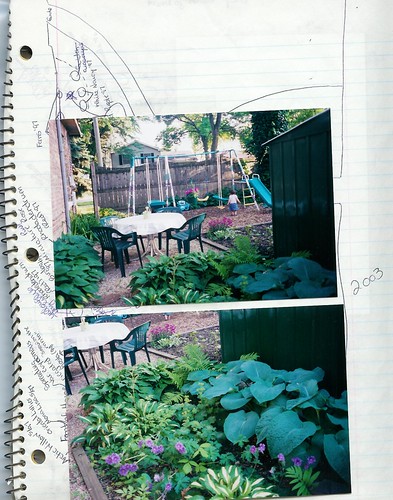 photos and/or sketches to document what's growing throughout the year. I pair the photos with sheets on the individual plants. I also have a section for just beautiful photos of my garden
photos and/or sketches to document what's growing throughout the year. I pair the photos with sheets on the individual plants. I also have a section for just beautiful photos of my garden
- garden tasks: wish I were organized enough to write down the dates I did (or should have done) certain tasks like weeding, planting and pruning. It would help with planning
- wish list: this is a fat section for me -- there is always something I'd like to buy or make myself: wind chimes, plants, compost, a teak recliner, porch swing ... or hardscape improvements I want: a deck, french doors, a little patio ... dream on. Writing these things down or keeping clippings and photos helps me remember and prioritize. I had a garden pond on the wish list for years. A couple of years ago, my son, Mickey helped me make it a reality. So it works!
- clipped or photocopied articles, reference stuff from books and gardening handouts. This is a good place to keep reference materials from garden lectures or how-to courses, or instructions for making things for your garden
- use the journal to keep pressed leaves and flowers from your garden.

- Or instead of pressing the plant parts, if you're feeling creative, make sunprints using light-sensitive print paper.
- I keep a running list of wildlife I've seen in our garden, which is a certified wildlife habitat garden now
- quotes about gardening and my thoughts inspired by connecting with my garden
- ideas for cooking from the garden and recipes for salsa, pesto, quiche...
- I try to keep track of how much I spend in the garden. It's always more than I thought! Sometimes I don't keep the receipts, I just write the costs down kind of haphazardly
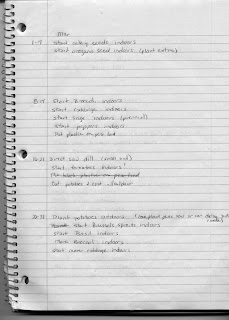 How to make your own Garden Journal lots more information about materials you'll need and how to get started --they even have some templates you can download for plant record-sheets
How to make your own Garden Journal lots more information about materials you'll need and how to get started --they even have some templates you can download for plant record-sheets
- Keeping a Garden Journal: what to use for a garden journal and what to keep in it
 Bitter Betty: I love her sense of humor and highly recommend this blog post. Will her garden ever sit up and pay attention?
Bitter Betty: I love her sense of humor and highly recommend this blog post. Will her garden ever sit up and pay attention?
 Journaling Life has some good links to resources, along with ideas for what to keep in your garden journal
Journaling Life has some good links to resources, along with ideas for what to keep in your garden journal
for allowing the use of their garden notebooks in this post.
Please click on the photos to find links to their photo pages.
Tuesday, April 17
Pre Earth Day Amusement
Grist Environmental News and Commentary published their List of Grist Superlatives ... they missed a few, but there is a place to add what you think should be on the list ... a few of my favorites from their much longer list from Tree Hugger:
- Best car of 2006: your bike
- Most hackneyed phrase: "Green is the new black"
- Best place to look for ways to reduce ecological impact: mirror
- Worst way to deal with climate change: nuclear energy
- Easiest way to create appearance of eco-benignity: green tags
- Government leader whose big talk on climate is most likely to be muffled by Bush's bum affixed to his lips: Tony Blair
- Most overlooked source of energy: efficiency
- Sneakiest way for big ag to make a buck: corn-based ethanol
- Most popular environmental oxymoron: "clean coal"
- Second most popular oxymoron: "safe, clean nuclear power"
Sunday, April 15
April Calendar: Earth Day is this Month
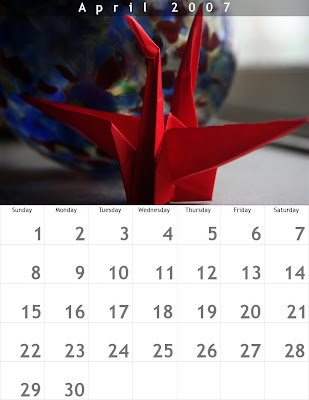 Here's the April 2007 Calendar ... a little late. Please enjoy this and my other monthly calendars for your personal use -- you can download these calendars to your computer by clicking on the image, left, then right-click to download.
Here's the April 2007 Calendar ... a little late. Please enjoy this and my other monthly calendars for your personal use -- you can download these calendars to your computer by clicking on the image, left, then right-click to download.
Saturday, April 14
Wandering: a Meditation on Life, Art, Trees, Creativity
Whoever has learned how to listen to trees no longer wants to be a tree. He wants to be nothing except what he is. That is home. That is happiness. -- from WanderingWandering, Hermann Hesse's collection of succinct prose, poetry and sketches, was on my bookshelf as a young college student. I don't know where it is now -- it's the kind of book you want to keep around to read over and over again, yet at the same time, a book that begs to be passed around from friend to friend ... Hesse's writing is simple, profound, mystical (in a Earth-mystic sense) poetic, inspiring. This is one of my favorite books ever.
I originally put together this post for Tim's woodworking site, ShopTalk. Inspired by the Festival of Trees, I decided to illustrate my favorite passage from Hesse (on listening to trees) with some of my photos and share it with my readers on Raven's Nest.
Sit down anywhere you like, on a wall, a stone, a tree stump, on the grass or the earth: everywhere they surround you, a painting and a poem, everywhere the world resonates beautifully and happily around you. -- from Wandering
... For me, trees have always been the most penetrating preachers. I revere them when they live in tribes and families, in forests and groves. And even more I revere them when they stand alone. They are like lonely persons. Not like hermits who have stolen away out of some weakness, but like great, solitary men, like Beethoven and Nietzsche.
... Nothing is holier, nothing is more exemplary than a beautiful, strong tree. When a tree is cut down and reveals its naked death-wound to the sun, one can read its whole history in the luminous, inscribed disk of its trunk: in the rings of its years, its scars, all the struggle, all the suffering, all the sickness, all the happiness and prosperity stand truly written, the narrow years and the luxurious years, the attacks withstood, the storms endured. And every young farmboy knows that the hardest and noblest wood has the narrowest rings, that high on the mountains and in continuing danger the most indestructible, the strongest trees grow.
Trees are sanctuaries. Whoever knows how to speak to them, whoever knows how to listen to them, can learn the truth. They do not preach learning and precepts, they preach, undeterred by particulars, the ancient law of life.
A tree says: A kernel is hidden in me, a spark, a thought, I am life from eternal life. The attempt and the risk that the eternal mother took with me is unique, unique the form and veins of my skin, unique the smallest play of leaves in my branches and the smallest scar on my bark. I was made to form and reveal the eternal in my smallest special detail.
A tree says: My strength is trust. I know nothing about my fathers, I know nothing about the thousand children that every year spring out of me. I live out the secret of my seed to the very end ... I trust that God is in me. I trust that my labor is holy. Out of this trust I live.
When we are stricken and cannot bear our lives any longer, then a tree has something to say to us: Be still! Be still! Look at me! ... Let God speak within you, and your thoughts will grow silent. You are anxious because your path leads away from mother and home. But every step and every day lead you back again to the Mother. Home is neither here nor there. Home is within you, or home is nowhere at all.
A longing to wander tears my heart when I hear trees rustling in the wind at evening. If one listens to them silently for a long time, this longing reveals its kernel, its meaning. It is not so much a matter of escaping from one's suffering, though it may seem to be so. It is a longing for home, for a memory of the Mother, for new metaphors for life. It leads home. Every path leads homeward, every step is birth, every step is death, every grave is Mother.
So the tree rustles in the evening, when we stand uneasy before our own thoughts. Trees have long thoughts, long-breathing and restful, just as they have longer lives that ours. They are wiser than we are, as long as we do not listen to them ...
Whoever has learned how to listen to trees no longer wants to be a tree. He wants to be nothing except what he is. That is home. That is happiness.
-- excerpt from Hermann Hesse: Wandering translated by James Wright, © 1974
Thursday, April 12
Poetry Thursday: words conjure more than meaning
Although my post for today is not in the form of a poem, it is about poetry -- visual poetry. This is an illustration of one of the ways I mix poetry (the written kind) with other senses in my mind and body. I wrote this post for the PT writing prompt, The Body Knows ...
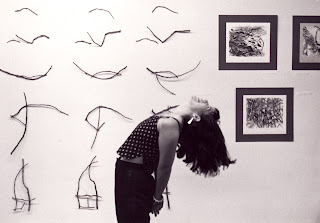
FRAGMENTS OF AN ANCIENT POETRY
Imagine a word such as moon. When you say moon, your lips curve. The word itself has curves. It conjures: round and old, and traveling on a long, slow-sounding journey. It's interesting to me, that along with the sound of a word, the visual aspect of the word affects its meaning.
As a sculptor, I'm fascinated by the shapes of language and as a writer I'm drawn to the meaning of shapes. This is a natural merging of two of my primary interests. Fragments of an Ancient Poetry is a three-dimensional page of my sketchbook-journal, revealing the increasingly refined and complex strokes of a thought process, or poetic idea.
--excerpted from artist's statement for Fragments of an Ancient Poetry

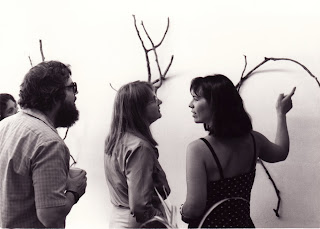
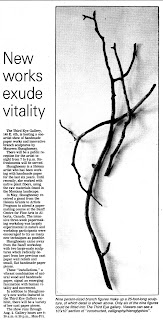 THEN:
THEN: Newspaper announcement, left, of a solo exhibit of my mixed media sculptures in 1987 at the Third Eye Gallery in Helena, Montana. A friend shot these photos at the opening reception. I completed the majority of the pieces shown in this exhibit (along with some working studies, sketches and paintings also exhibited) while attending a papermaking intensive at the Banff Center for the Arts in Alberta, Canada.
The other major piece in the exhibit is titled Sometimes Breathing Feels like Dancing (one of ten figures in that piece is shown, left)
NOW:
I'm 20 years older now. Maybe 20 years wiser, though that's arguable. As I revisit my artist's statements and photographs of my work from that period of my life, I realize I have a different perspective now. I hope it's a broader perspective. I still love these pieces and wish we lived in a house with walls large enough to display them.
I look at the figures in "Sometimes Breathing Feels like Dancing." I see my youthful body bent gracefully, supplely, just like the willow branches I used to form the dance. My life has taken some twists and turns ... in many ways I am still dancing with life. And death. With joy. And sorrow. And grief. Feeling the grace along with twinges of pain, love, longing ... feeling bent, slightly dried out, though still beautiful.
Will I ever truly know the steps of this dance? Enough to look ahead, to feel confident that I will not trip over my own feet? That I will be able to glide over the dance floor without regret, with my heart open to the music, to the senses, to the love of the one whose body sways in rhythm with mine?
Looking back on the experiences that have brought me to this threshold, I would also say, that "Sometimes Dancing Feels like Breathing."
This week's prompt for PT was to start with one line of someone else's poem, for inspiration, as a springboard, as a threshold to your own verse. Please head over to Poetry Thursday website for links to other participants' poems for this week.
Tuesday, April 10
Hummingbird with Exquisite Decorating Taste
A hummingbird with a taste for festive home decor, this little bird built her nest right on a string of Christmas lights. You can see the scale of the nest and eggs by comparing their size to the size of the wire. They're tiny!
These two photos were taken by my sister, Kathy Allen, who lives with her family on Vancouver Island. The photos are copyrighted by her. Please do not reproduce these photos in any way. Thank you.
Sunday, April 8
Garden Spring Cleaning
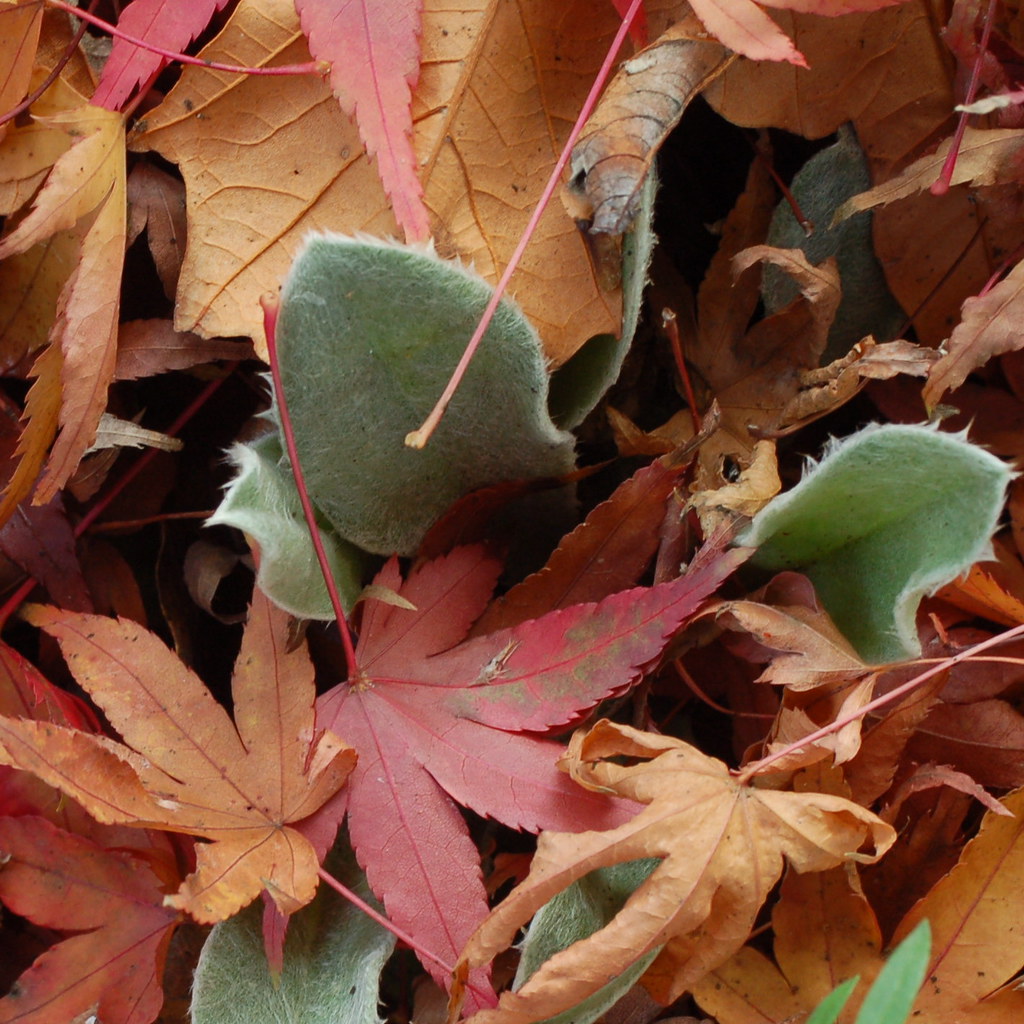
This morning, the temperature in Helena where we live, started at 24 F... brrr... but soon the sun was shining and I had the windows and back door open, airing out the house. So I meandered around in our garden, checking to see what survived winter and what's greening up already. I imagined the warmer days, brighter colors of May (Spring is cold and iffy and late and fickle in Montana.) and oiled my pruning shears. Next weekend I hope spring really is here to stay and I can get out in the garden to clean it up!
Spring beckons me out into the garden -- to clean up, tidy and fuss over the flower beds. The weather is still cool and as long as I'm in the sun it's pleasant -- not like the wilting heat of summer. I know alot of local folks are already pruning back the old growth from their perennials. I like to wait until the end of April to do that -- when I know for sure cutting won't harm the crowns of my just-sprouting perennials.
Here are some tips for spring cleanup:
- As you wander through your perennial beds, keep in mind that early spring soil, especially clay soils, are likely to be waterlogged, making the soil susceptible to compaction. Try to avoid walking in the plant beds as much as possible. Give the garden soil some time to dry out before you dig, or walk on your beds.
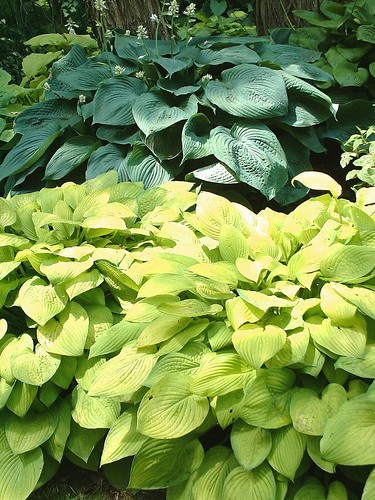 Avoid stepping on perennials that are still hidden under mulch and soil. In our garden, the hosta bed still looks totally bare today in early spring -- I wouldn't be able to see where my mature hostas are growing if it weren't for last year's wilted leaves. Hostas, Coreopsis and Blue Haze Euphorbia are such late-sprouting perennials that sometimes I wonder if they have even survived winter! These plants require patience -- I have to be careful not to dig around or step on my late-sprouters.
Avoid stepping on perennials that are still hidden under mulch and soil. In our garden, the hosta bed still looks totally bare today in early spring -- I wouldn't be able to see where my mature hostas are growing if it weren't for last year's wilted leaves. Hostas, Coreopsis and Blue Haze Euphorbia are such late-sprouting perennials that sometimes I wonder if they have even survived winter! These plants require patience -- I have to be careful not to dig around or step on my late-sprouters.So, how do you know which perennials to cut back? Follow these tips for the five main perennial types, when you're doing your spring clipping and pruning.
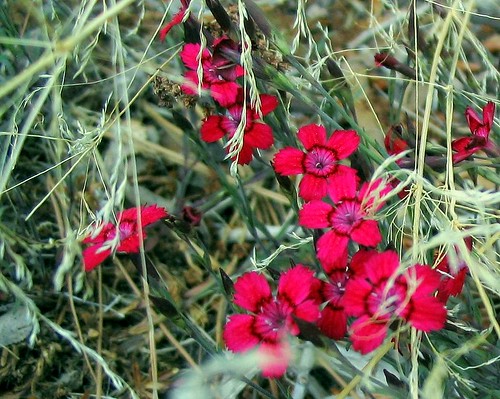 Evergreen perennials such as dianthus, moss phlox, basket of gold and creeping thyme. These plants only need a little tidying up. If they look healthy leave them alone. After the plants have bloomed (usually in spring) trim them back to about half their height to encourage more compact growth and occasionally a second bloom.
Evergreen perennials such as dianthus, moss phlox, basket of gold and creeping thyme. These plants only need a little tidying up. If they look healthy leave them alone. After the plants have bloomed (usually in spring) trim them back to about half their height to encourage more compact growth and occasionally a second bloom.Semi-evergreen perennials -- those that are evergreen only in mild winter climates. In Montana, the leaves on coralbells, bergenia, heucherella and tiarella are still there, but they look pretty mangy by April. Often these plants have basal rosettes of leaves and flowers on tall stems. In my garden echinacea, rudbeckia, spike speedwell and campanula have this growth habit.
Remove the beat up leaves from these perennials just to give them a neater look when the new gorgeous foliage starts to take off. I like to leave even the beat up leaves on the plant until I'm sure we're past the period of killing late frosts. I feel it just gives the plant a little extra insulation to have those leaves covering it's crown.
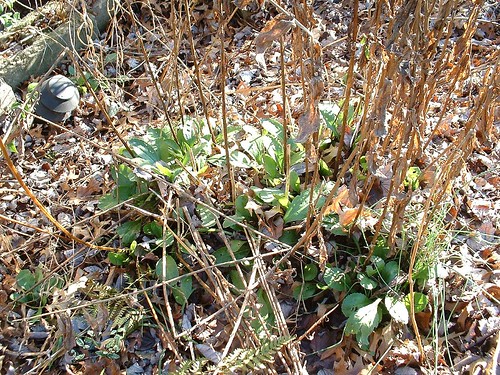 Some semi-evergreens like daisies (Leucanthemum, left) and coneflower, retain their basal rosette of leaves under the mulch and snow all winter, though in our growing zone, even these usually die back entirely. I like to leave the upright stems and seedheads on these plants -- they add winter interest provide seed for wintering songbirds. In mid to late-April, I cut back the dead stems and pull the mulch back a little from the crown so the sun can warm the rootzone. Generally I ignore the brown leaves at the base of the plants -- this saves me some work and the new growth will soon cover the old anyway.
Some semi-evergreens like daisies (Leucanthemum, left) and coneflower, retain their basal rosette of leaves under the mulch and snow all winter, though in our growing zone, even these usually die back entirely. I like to leave the upright stems and seedheads on these plants -- they add winter interest provide seed for wintering songbirds. In mid to late-April, I cut back the dead stems and pull the mulch back a little from the crown so the sun can warm the rootzone. Generally I ignore the brown leaves at the base of the plants -- this saves me some work and the new growth will soon cover the old anyway.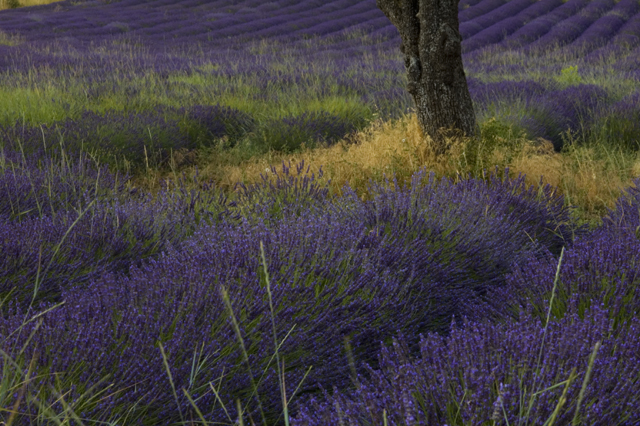 Leave woody perennials like lavender, russian sage and caryopteris alone until spring is really, truly, without-a-doubt, here to stay. I've lost some lavenders and silver mound artemesias in the past by being too eager to cut them back. I even leave the strangly looking russian sage stems on the plant until I'm absolutely sure there will be no more hard frosts.
Leave woody perennials like lavender, russian sage and caryopteris alone until spring is really, truly, without-a-doubt, here to stay. I've lost some lavenders and silver mound artemesias in the past by being too eager to cut them back. I even leave the strangly looking russian sage stems on the plant until I'm absolutely sure there will be no more hard frosts.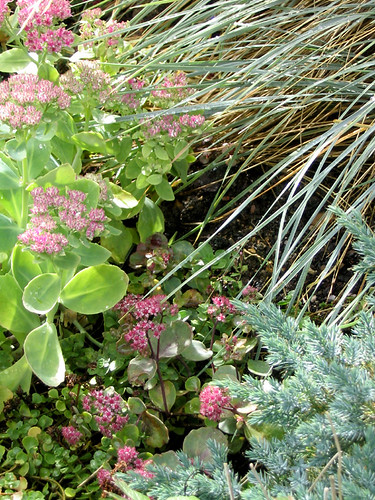 Ornamental grasses (like the Blue Oat Grass in the photo, left) usually go dormant in winter. I like to leave the blades and panicles on the plants through fall and winter -- their color is so beautiful with snow on the ground. In Spring, I get real satisfaction out of trimming back the golden brown leaves of all my ornamental grasses. It's like a major haircut! This is where you can go wild with your electric shears -- or something like the sheep-shearing blades I use. Trim the dead grass back to the so new green leaves will look totally fresh and graceful. Otherwise you'll have a heck of a time separating the dead stuff from the new leaves if you wait too long. Go for it now -- trimming grasses in early spring won't hurt 'em a bit.
Ornamental grasses (like the Blue Oat Grass in the photo, left) usually go dormant in winter. I like to leave the blades and panicles on the plants through fall and winter -- their color is so beautiful with snow on the ground. In Spring, I get real satisfaction out of trimming back the golden brown leaves of all my ornamental grasses. It's like a major haircut! This is where you can go wild with your electric shears -- or something like the sheep-shearing blades I use. Trim the dead grass back to the so new green leaves will look totally fresh and graceful. Otherwise you'll have a heck of a time separating the dead stuff from the new leaves if you wait too long. Go for it now -- trimming grasses in early spring won't hurt 'em a bit.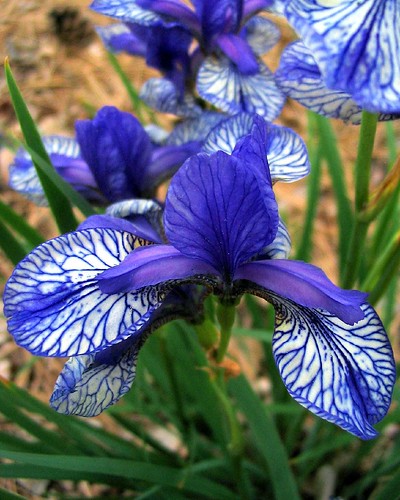 Most common perennials are truly herbaceous. These perennials die back to the ground -- basically they go 100% dormant. You won't see any green (or even burgundy) leaves on the plants in winter. Spring cleaning around this type of plant is a no-brainer. Just cut everything back to the ground. Your peonies, daylilies, hosta, ferns, delphiniums and polemonium will love you for it. Get the old stuff out of the way!
Most common perennials are truly herbaceous. These perennials die back to the ground -- basically they go 100% dormant. You won't see any green (or even burgundy) leaves on the plants in winter. Spring cleaning around this type of plant is a no-brainer. Just cut everything back to the ground. Your peonies, daylilies, hosta, ferns, delphiniums and polemonium will love you for it. Get the old stuff out of the way!If you don't have problems with mildew or other plant diseases in your garden, go ahead and compost the trimmings. Make sure you toss the seedheads into the trash bin and not into the compost pile, to avoid spreading seeds that might volunteer to take over your garden this year.
Enough for one weekend! I'll write about Composting and Weeding in my next posts of this series. After that I'll share my opinions on mulching, edging and otherwise nourishing your spring garden. For now, happy gardening!
Photos used in this article are courtesy of Doug Felt, Henryr10 and Siddharta on Flickr. The rest of the photos are mine. If you click on each photo, it should take you to the photographer's flickr page. Thank you to all, for your permission to use your garden photos in my post.
Please remember all photos on Raven's Nest are copyrighted by the original photographer. All photos by Native Design and MontanRaven are copyright by Maureen Shaughnessy

